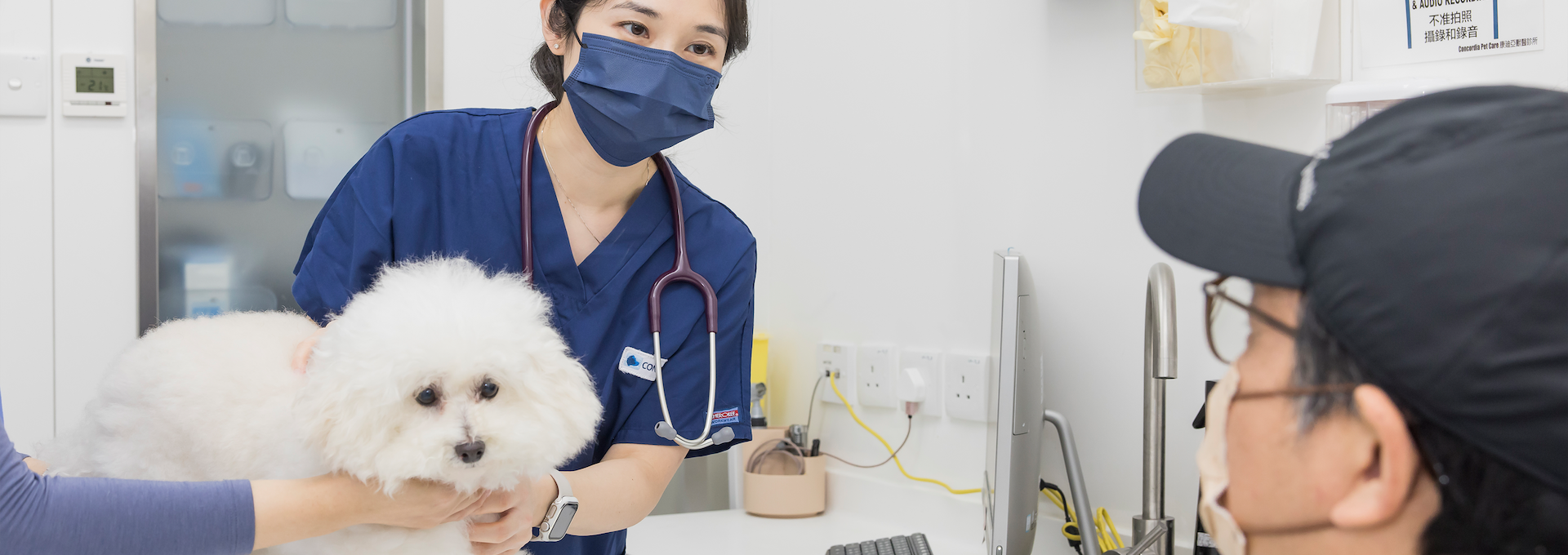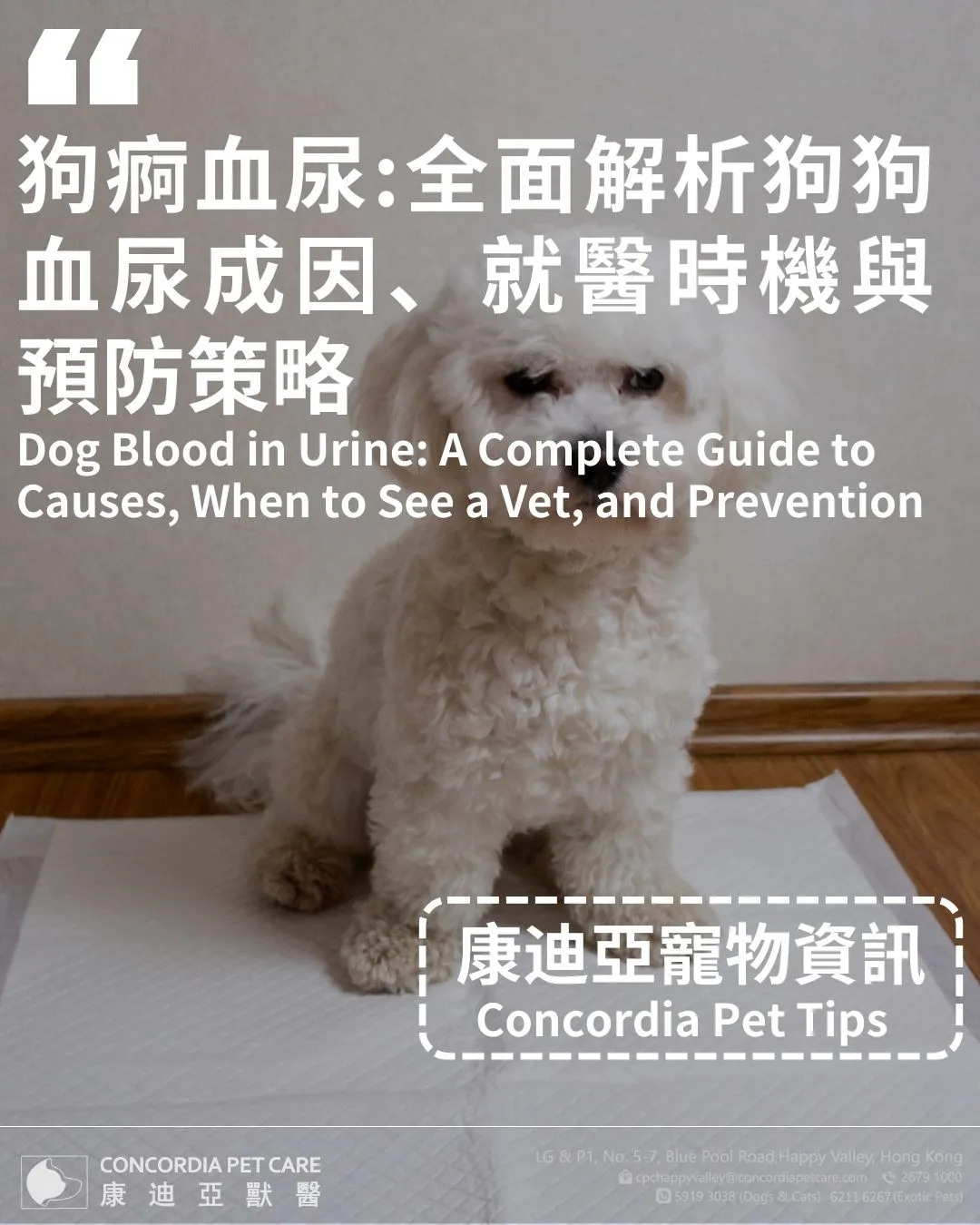
Is Your Dog at Risk? 12 Early Signs of Cancer in Dogs
 Concordia Pet Care
Concordia Pet Care
 2025-08-23
2025-08-23


Cancer is a leading cause of illness and death in dogs, especially as they grow older, yet many cases can be managed more effectively when caught early. From subtle behavioral shifts to noticeable physical changes, understanding the signs of cancer in dogs allows owners to seek prompt veterinary care and improve treatment success and quality of life.
Why Catching Dog Cancer Early Matters
Detecting dog cancer early means treatment can often start before the disease spreads, giving your pet a much better prognosis. Early-stage cancers are more likely to be removed completely and may require less aggressive therapies, which results in shorter recovery times and a higher quality of life.
Quick‑Glance Checklist of Early Dog Cancer Symptoms
Growing lumps or bumps
Any lump that increases in size, changes texture, or feels fixed to underlying tissue should be checked promptly. While some are benign, others can be malignant and may spread quickly without early intervention.
Unexplained weight loss
A sudden drop in weight without changes in diet or activity may point to metabolic or internal health problems, including dog cancer. This is especially concerning if combined with reduced muscle tone or visible ribs.
Appetite loss or difficulty eating
Painful oral tumors or digestive tract cancers can make eating difficult, leading to gradual weight loss. Look for drooling, chewing on one side, or dropping food from the mouth.
Persistent cough or breathing problems
Chronic coughing or wheezing may indicate lung tumors or cancers that have spread to the chest. Labored breathing after minimal activity is also a warning sign.
Non-healing sores or skin changes
Sores that don’t heal within two weeks or skin areas that become thickened, discolored, or ulcerated may be cancerous. Pay extra attention to spots that bleed or ooze.
Sudden lameness or localized swelling
Bone cancers like osteosarcoma often cause limping and visible swelling in a limb. The lameness may worsen quickly, sometimes without obvious injury.
Bleeding or unusual discharge
Unexplained bleeding from the nose, mouth, or other body openings can signal tumors in those areas. Persistent discharge with foul odors should also be evaluated.
Bathroom habit changes
Straining to urinate, blood in the urine, or changes in stool consistency can indicate cancers of the bladder, prostate, or intestines. These symptoms should be addressed promptly to avoid discomfort and complications.
Persistent foul odors
Strong, unusual smells from the mouth, ears, or skin may be linked to tumors affecting these areas. If an odor persists after cleaning or basic care, it’s worth investigating.
Ongoing fatigue or depression
Loss of interest in play, sleeping more than usual, or general lethargy can accompany advanced dog cancer symptoms. This change is often gradual, so note any long-term shifts in behavior.
Abdominal swelling or bloating
A rapidly enlarging belly can indicate fluid buildup or tumor growth inside the abdomen. This may be accompanied by discomfort, restlessness, or loss of appetite.
Seizures or other neurological changes
Brain tumors can cause seizures, disorientation, or sudden changes in temperament. Even a single seizure should prompt immediate veterinary attention.
When to Call the Vet: Diagnosis Steps & Tests
When symptoms appear suddenly
Seek veterinary care right away if your dog develops a fast-growing lump, unexplained bleeding, severe breathing trouble, or neurological issues. Rapid changes often require urgent evaluation.
When symptoms persist or worsen
If any signs of cancer in dogs last more than two weeks or progressively get worse, book an appointment. Ongoing symptoms are more likely to signal a serious condition.
During regular screenings
Routine exams can reveal cancer symptoms in dogs that owners might miss, especially in the early stages. Bloodwork, imaging, and hands-on checks are valuable even if your dog appears healthy.
Veterinarians may use fine-needle aspiration, biopsies, blood tests, and imaging such as X-rays or ultrasound to identify the type, stage, and spread of cancer, guiding treatment decisions.
Risk Factors You Can Control
Diet and healthy weight
A balanced diet supports immune health and helps maintain a healthy body condition, reducing inflammation linked to disease. Overweight dogs face higher risks for certain cancers and related health issues.
Sun and toxin exposure
Light-skinned or thin-coated dogs are more prone to sun-related skin cancers, so limit direct sun during peak hours. Avoid exposure to secondhand smoke, lawn chemicals, and other known carcinogens.
Spay or neuter timing and hormones
Discuss with your vet the ideal age for spay or neuter surgery based on your dog’s breed and health. Hormone-related cancers, such as mammary tumors, can be influenced by the timing of these procedures.
Supporting Your Dog After a Cancer Diagnosis
Work with your veterinary team
Partner with your veterinarian, such as the experienced team at Concordia Pet Care, to explore the best treatment options for your dog. This may include surgery, chemotherapy, radiation, or palliative care tailored to your pet’s specific diagnosis and overall health.
Focus on quality of life
Monitor pain levels, appetite, and mobility, and make adjustments to keep your pet comfortable. Gentle exercise, a cozy rest area, and consistent routines can help reduce stress.
Provide emotional comfort and enrichment
Maintain familiar activities and introduce new, low-impact forms of mental stimulation, such as food puzzles or scent games. Staying engaged helps reduce anxiety and supports emotional well-being, even during treatment for cancer symptoms in dogs.
FAQs About Signs of Cancer in Dogs
Are these signs always cancer?
No. Infections, benign tumors, and other illnesses can mimic dog cancer symptoms. A veterinarian’s examination and diagnostic tests are the only way to confirm the cause.
How often should I check my dog for lumps?
Perform a thorough hands-on exam once a month, feeling for new lumps or changes in existing ones. Pair this with regular vet visits for professional screening of dog cancer risks.
Do certain breeds show symptoms earlier?
Yes. Golden Retrievers, Boxers, and Bernese Mountain Dogs are among breeds that may develop cancers earlier in life. Owners of these breeds should be especially alert to signs of cancer in dogs.



